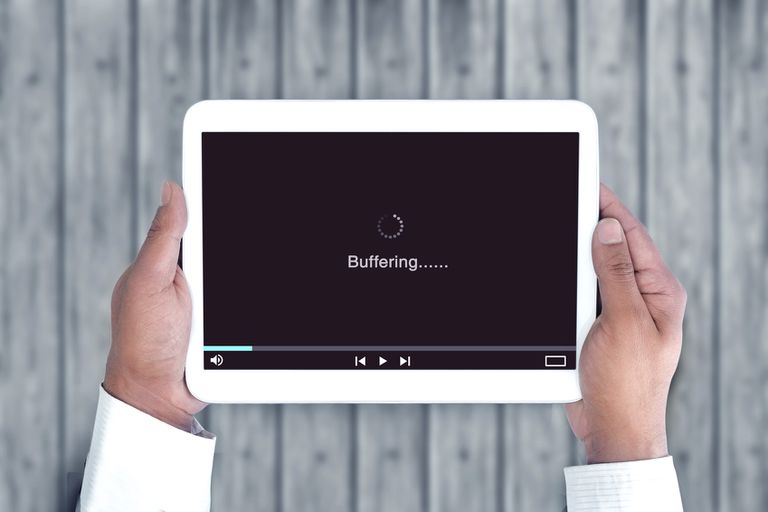Over the last few years, there is been a climbing demand for fixed internet access. There are more and more homes and businesses are coming online in Kenya every day. To meet be able to meet this growing demand, many internet companies are offering a variety of connectivity solutions. Two major options you may have heard of are Fiber or Fixed Wireless broadband. If you don’t fully understand the difference between them and which to choose, you aren’t alone! We hope this article will help you understand the difference and make a more informed choice to the tech that best fits your needs.
Let’s first understand what each of these technologies are, and how they work:
Fixed wireless: With this setup, the internet service provider will install a receiver/subscriber somewhere on your property. The receiver connects wirelessly to the internet providers’ tower to one of multiple access points or AP’s that bridge to the wider internet. Wireless connections are usually in the microwave 5Ghz spectrum and are capable of over 1Gbps given the right equipment.

Fiber: The medium used for transmission of information in this solution are fiber optic cables. They work by encoding information into bursts of lights and sending them over the optical fibers. These fibers may come to your premises either overhead, usually on wooden poles, or through underground trenches. They are then connected to a router to provide access over WiFi. Fiber is able to deliver incredible max speeds of over 10Gbps at literally the speed of light!

What’s right for me?
As technology moves forward we have certain facts that get overturned. If you had asked the question, fiber or wireless, 3-5 years ago. The resounding answer would be easy; fiber, without a doubt! We have come a long way since then and the lines between the advantages of fiber over fixed wireless are becoming blurred. Let’s breakdown each technology by 3 main criteria: Cost, Speeds, Latency & Reliability.
Cost
The cost of laying fiber is significantly higher per KM of coverage than fixed wireless. If you aren’t lucky enough to live in a populated area. Chances are you don’t have fiber available and pulling fiber can be an expensive process. As wireless radios today are capable of covering up to 20KM with a single AP, getting coverage in areas that don’t already have fiber cables nearby can be a lot easier on your pocket.
Speed
Optical fibers are able to deliver a much higher maximum throughput achieving up to 10Gbps without much difficulty. While wireless tends to max out around the 1Gbps mark for most systems. Now the speeds I am talking about here are the total capacity that is possible. The average consumer generally use between 10-100Mbps. Both technologies are easily able to deliver speeds to the average consumer.
Latency
Latency means the time taken between requesting a resource, like a website and the response starting to download. It is an important factor to consider if you plan to do large amounts of voice calling or gaming. In this case, fiber is the theoretical winner. You can expect fiber to have 2-3 ms of latency vs 3-4 ms in a wireless link. The difference is negligible to most users but those with the aforementioned requirements.
Reliability
Due to being physically placed in public areas fiber is extremely prone to being cut. In metro areas of Kenya, where the fiber cables are hung from electric poles or laid underground along roadsides. We tend to see a lot of cuts due to upgrades and works. Wireless, on the other hand, is placed at private properties with power backups and close by technicians. The drawback is they are prone to interference especially In crowded metro areas, this can affect service reliability.
To summarize, fiber and wireless internet access in today’s market are becoming indistinguishable. We recommend fiber in crowded metro areas while wireless access is perfect for suburbs and surrounding areas.
Internet Provider Technologies


